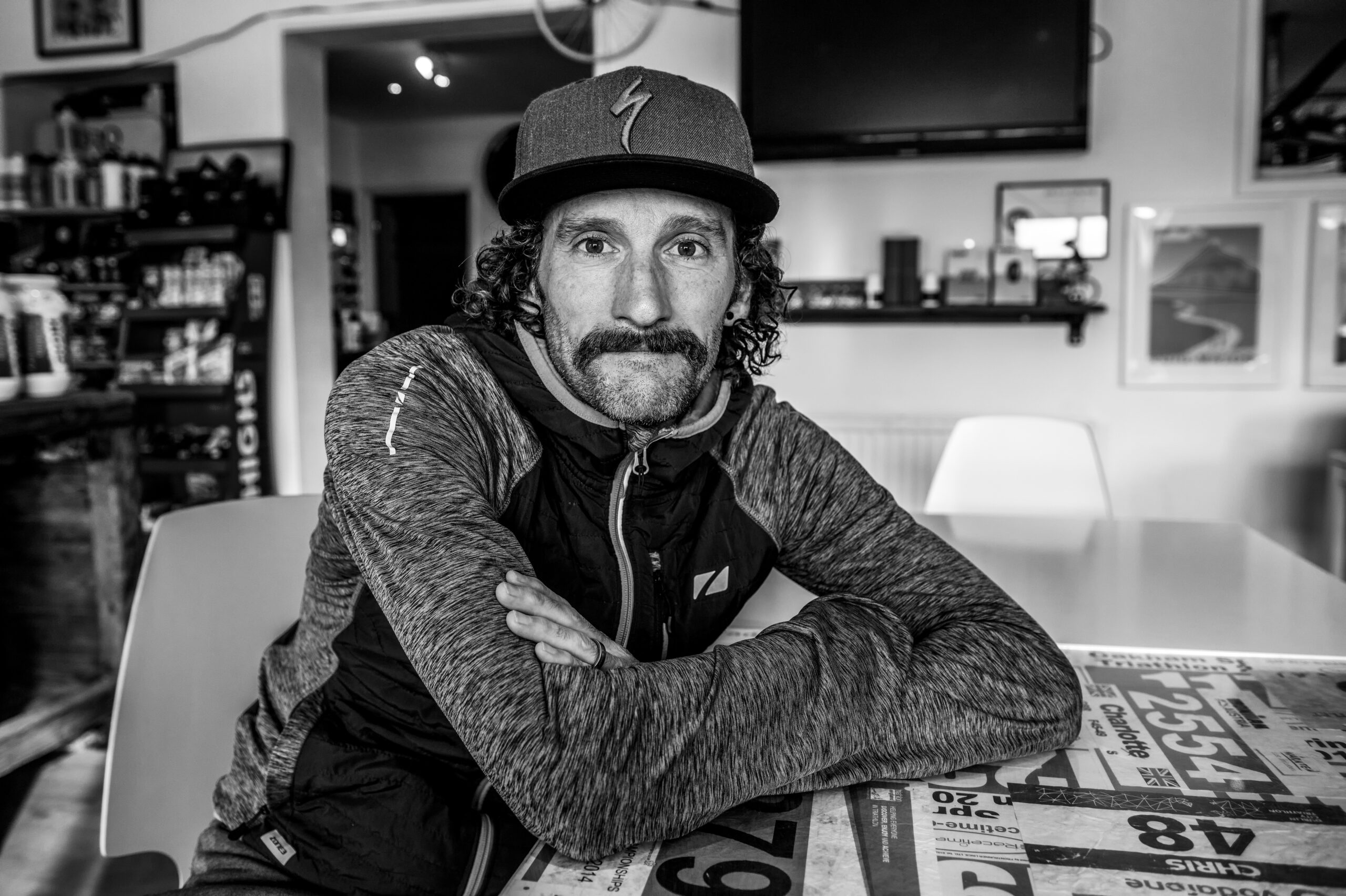There are so many ways to train for triathlon nowadays. It’s absolutely crazy, and fun, but it can also be a little bit of a minefield.
WHICH IS WHICH?
So, what exactly is training on feel and what feeling do we mean? Is it a case of ‘Yeah, I feel amazing, I will train today and train crazy hard.’ And then the next day, ‘Oh I feel like rubbish, I don’t think I will train at all’? Funny that!
Or, by using your heart rate, do you work out your max and, say, 4-6 levels or zones from easy to crazy hard (notice the technical terms I’ve used, ha!) and then 100% stick to those?
For me, I use heart rate on my bike (as well as power) and also in my run training. In the pool, I don’t use HR. Instead, I use the pace clock and, well, feel as well. I’ve been a pro for a very long time – since 1997 – and have been extremely fortunate to have had some of the most amazing coaches along the way.
BACK IN THE DAY
Way back in 1994, when I was still at school, I was coached by the Thames Turbo Triathlon Club coach, Graham Fletcher, who was studying sports science at university. He loved science and applying it to training, so it was a great way for him to help me as a young lad who, well, wanted to go smash every session and prove I was good… until I blew up! We even used the university’s SRM power meter IV – I was one very lucky guy!
THREE BASIC ZONES
He was able to set three basic zones for me to do my workouts in – easy, medium and hard. It was so simple, but hell it worked. I was able to do my easy sessions easily. If I’d done them on feel, I would have most likely edged into that medium zone and it wouldn’t have been recovery or easy at all! It would have been that grey zone of rubbish training, fatiguing but with no real fitness gain.
DAILY RESTING HR
We also used to record daily resting heart rate, and we could see it elevated for a few days and know if I was fatigued or going that way, so we could back off my training and keep the consistency up.
POWER AND HEART RATE
I now also use watts/power on the bike along with heart rate, and together with TrainingPeaks and my coach Matt [Bottrill, 220’s resident bike coach, we’re not only able to track my progress but also see when to back off or when it’s a good time to really push on, sometimes a few days or even a week in advance.
TOOLS TO IMPROVE
I’d say this about any metrics and data we use for training, though – they’re only tools, not the be all and end all. We should use them to help improve us as athletes and to be a more consistent trainer, as well as providing us with better pacing metrics in sessions and especially in races. And the longer the race the more important it is to get your pacing spot on, or close enough!
We don’t want gadgets to rule our life or our training. We don’t want to be looking at our Polar every two minutes and slowing down or speeding up a bit to stick to the correct zones 100% – that’s madness.
WhERE FEEL PREVAILS
And on the bike, don’t be an athlete whose pace is up and down all the time, as you’re hell bent on keeping your heart rate and power exactly within 1bpm or 1 watt of the prescribed set session. That’s where feel, or shall I say common sense, prevails (hopefully!).
JUST A GUIDE
Heart rate has to be a guide, a tool, to help us be a better athlete. That’s it. No more, no less. We have to enjoy the process and, hell, sometimes just go for it in a training session and go on feel. And like me, the more you do it, the more you’ll get a better understanding of your body’s limitations and capabilities.
